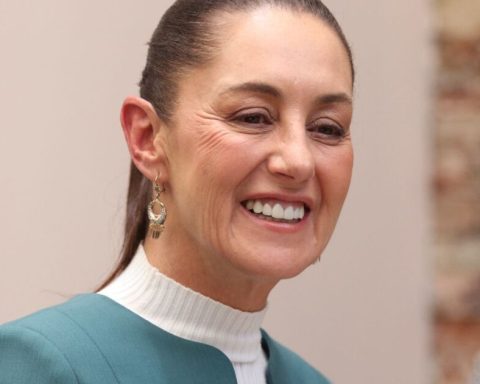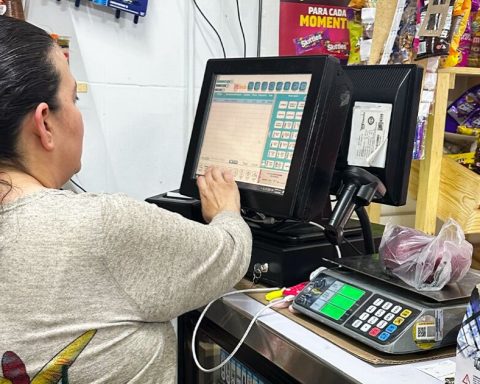(Part 24)
There are infinite portfolios that we could present and analyze, but we cannot do it indefinitely. In this series I have tried to choose some that are representative and relatively easy to implement by anyone in Mexico, with efficient and very low-cost instruments (the cost, as we have shown before in this series, can have a very significant impact on the final value). of our portfolio).
To finish with a flourish, today I present not one but three new portfolios. The first of these is based on the Talmud: Let each man divide his wealth into three parts, and invest a third in land (real estate), a third in business (stocks), and a third to keep as a reserve (debt instruments of short or medium term). As simple as that. Ancient wisdom.
William Bernstein, an asset allocation scholar with more than 10 books written and an investment blog, proposes a portfolio highly concentrated in stocks (75%) with medium-term bonds (10 years).
Finally, Larry Swedroe, another scholar with more than 15 books written, proposes a portfolio that only invests 30% in stocks, but avoids large companies and developed markets. Historically, small-cap stocks with undervalued companies and emerging market stocks offer higher returns, but also higher volatility.
Each portfolio is constructed in the manner shown in the chart.
Before looking at the results, it is worth saying that the comparison is not fair because Swedroe’s portfolio is much more conservative than the other two, with an allocation of 70% in debt instruments, half of which is short-term. This will be seen in the results: less risk also implies less potential return.
We will simulate, as always, an initial investment of $1,000 and annual contributions of $2,000 (these subsequent contributions are updated with inflation each year). ETF dividends are reinvested and we rebalance each year. In the table we present the ending balance adjusted for inflation (in real terms), although the yield is presented in nominal terms. The period is from January 2008 to June 2022.
Let’s compare the three graphically, to illustrate both growth and volatility and declines over the years. The graph handles nominal values (balances), not adjusted for inflation, unlike the table.
It is interesting to see how the Talmud and Bernstein portfolios, despite their differences, end up achieving similar results in terms of performance and volatility. It looks like an exciting race of cars in which one passes the other, which then catches up with him. Swedroe’s, as expected, is much more stable, excellent for people with a lower tolerance for risk.
Next week we conclude this long series on investing by recalling and emphasizing a few key concepts.
Personal Finance Coach
Heritage
Senior executive in insurance and reinsurance with strategic business vision, high leadership, negotiation and management skills.
He is also a Personal Finance columnist in El Economista, Personal Finance Coach and creator of the page www.planetusfinanzas.com















